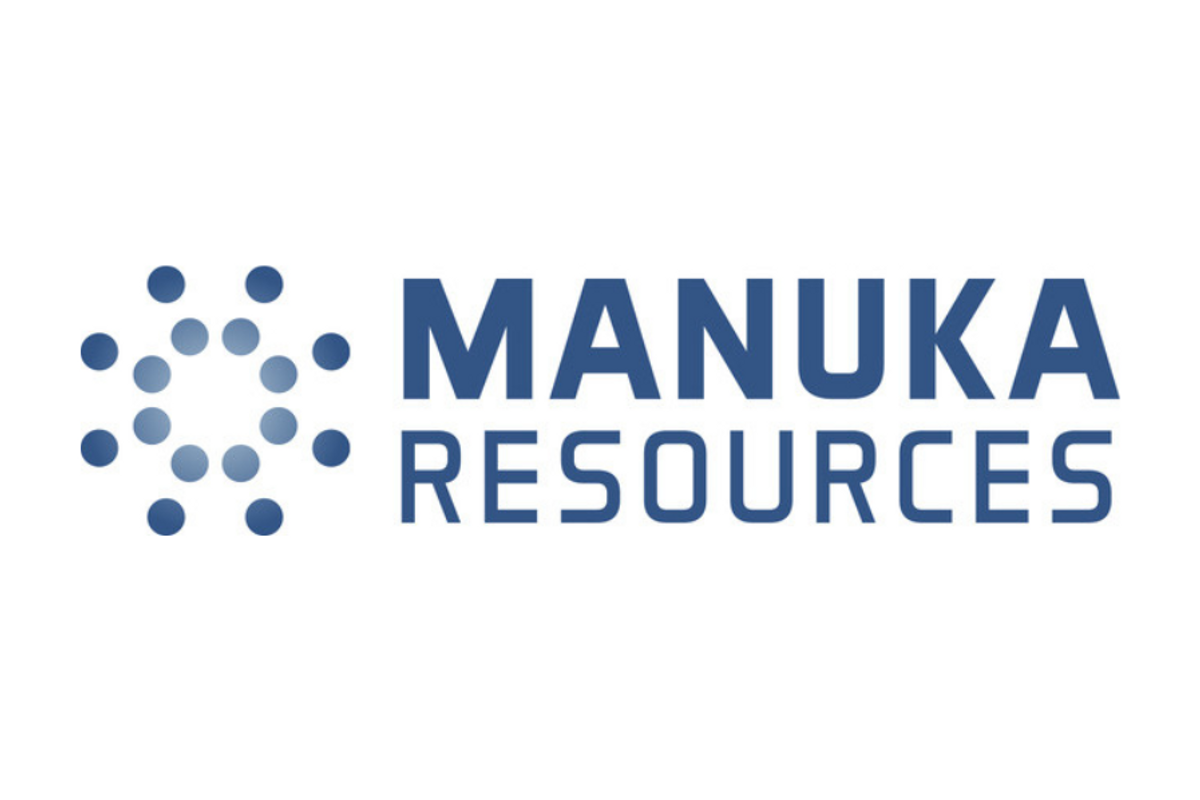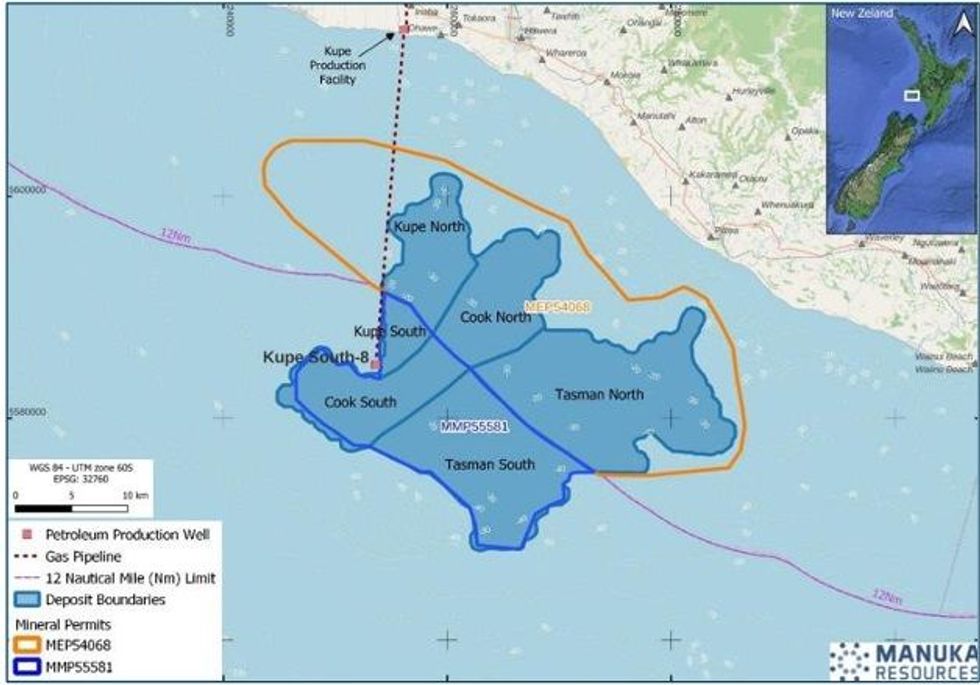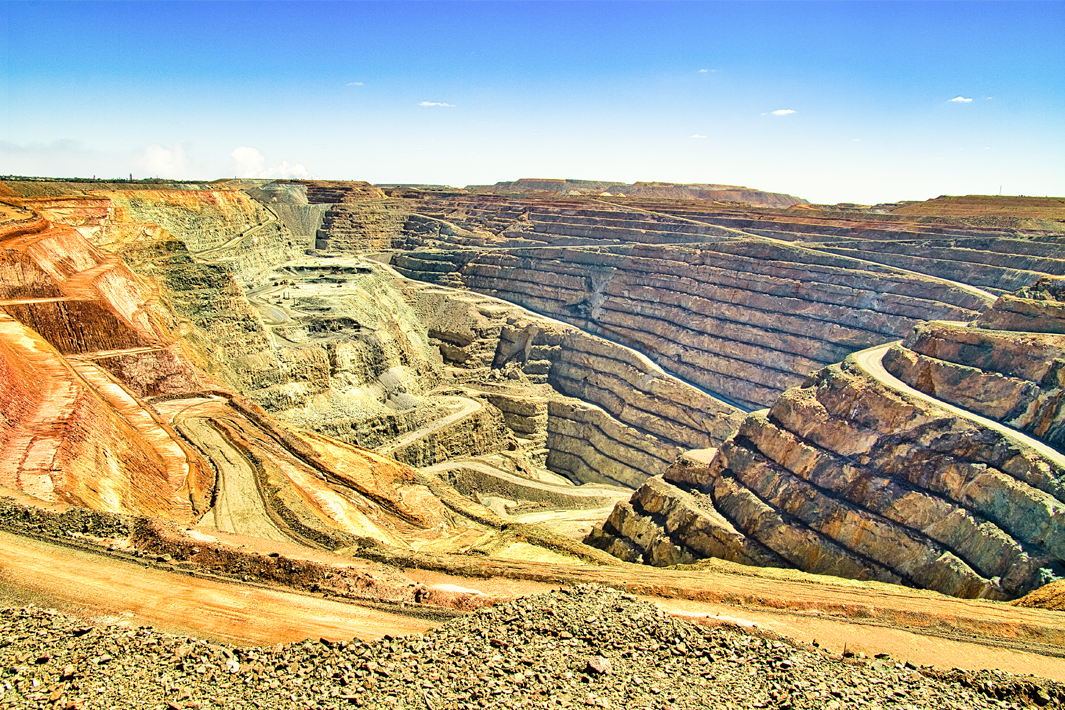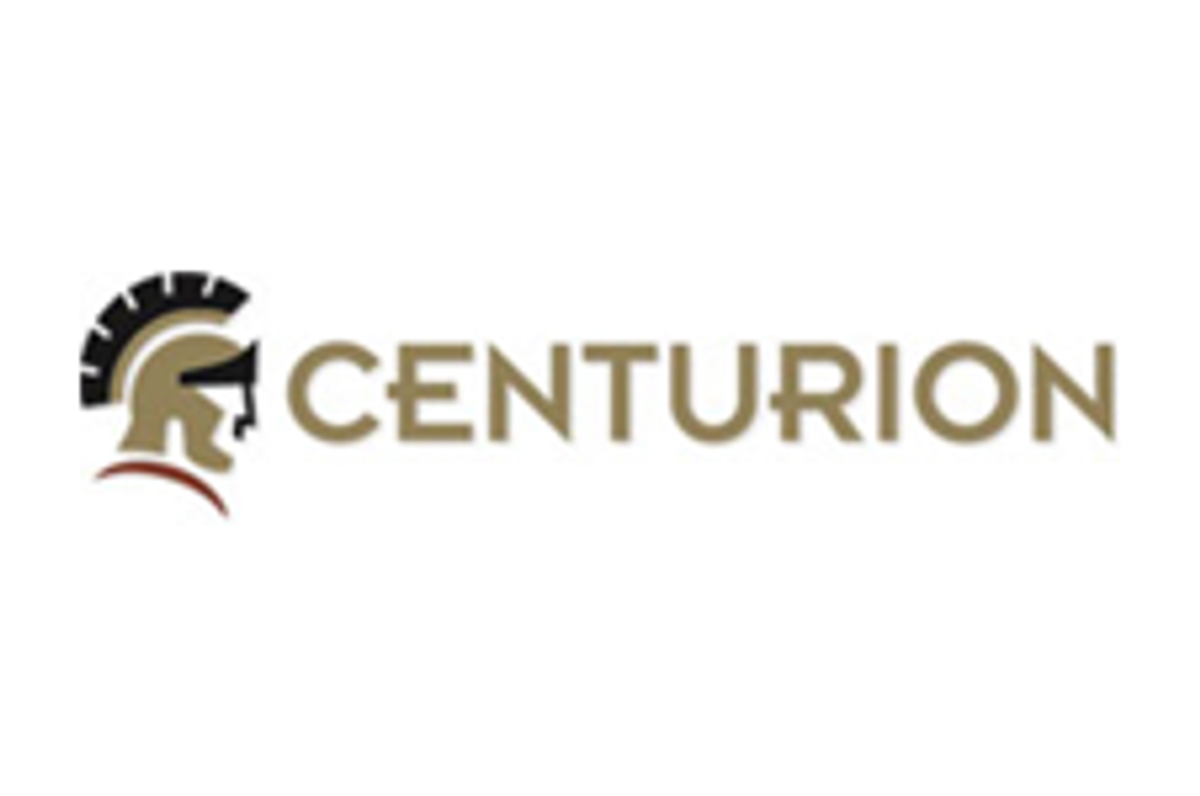
October 06, 2024
Manuka Resources Limited (“Manuka” or the “Company”) welcomes the inclusion its 100 percent owned subsidiary Trans-Tasman Resources Limited's ("TTR") Taranaki VTM iron sands project off the coast of Taranaki in the government's Schedule 2 of the Fast Track list as released on Sunday 6 October 2024.
The project was assessed by the independent Projects Advisory Group and the responsible Ministers who consider project meets the Bill's purpose to facilitate the delivery of infrastructure and development projects with significant regional and national benefit.
The Fast Track Approvals Bill is now due for reporting back from the Select Committee on 18 October 2024 and expected to be enacted before the end of the year.
The Taranaki VTM project has the potential to significantly increase New Zealand's export earnings and produce the critical minerals required for the transition to a zero-emissions energy system.
"This is a welcome development and we recognise that this is the first step in the government's approvals process, including finalising the Fast Track enabling legislation. Once enacted we will have to then make an application to the Environmental Protection Authority to be assessed under the Bill. Our project offers huge economic development opportunities for New Zealand including hundreds of jobs in the Taranaki region." Manuka Executive Director and TTR Executive Chairman Alan Eggers says.
"It is of national significance as we have identified a world-class vanadium rich iron sands resource that has the ability to contribute $1 billion annually to export earnings, doubling the entire mining sector's current contribution to New Zealand's economy."
Mr Eggers says the Taranaki VTM project proposes to harvest iron sands in the South Taranaki Bight containing iron ore and critical minerals vanadium and titanium that are in high demand globally as countries, including New Zealand, transition from fossil fuels to renewable energy and electrification of their economies.
Furthermore, he notes the benefits to the Taranaki region include 300 Taranaki-based jobs and an additional 170 jobs in the wider region, locally a $250 million annual spend on operations and staff, new infrastructure at Port Taranaki and Whanganui Port, and the establishment of a training institute and logistics hub in Hawera with head office in New Plymouth.
Mr Eggers continues that the company's environmental obligations are incredibly important, and states "we don't for a minute believe that the Fast Track process is a way to minimise or short cut these. We have already agreed to more than 100 operating conditions and a full set of management plans with the Environmental Protection Authority to recover the resource after completing New Zealand's most comprehensive mine development environmental application ever. The project will continuously restore the seabed to its natural state within two years as we progress and, despite what our opponents say, it will have minimal impact on the South Taranaki Bight marine and coastal environment.
The project provides an opportunity for New Zealand to become a world-leader in marine mineral harvesting technologies and, in a time of geopolitical uncertainty, to potentially be the largest producer of vanadium in the western world."
About Manuka Resources Limited
Manuka Resources Limited (ASX: MKR) is an Australian mining and exploration company with key gold and silver assets located in the Cobar Basin (NSW), and offshore vanadium and titanium bearing iron sands in the South Taranaki Bight of New Zealand.
The Taranaki VTM Project (South Taranaki Bight, New Zealand) Manuka is the 100% owner of the Taranaki VTM (vanadium titanomagnetite) Iron Sands Project. The Taranaki VTM Project resource was released on ASX on 1 March 2023.
The Project is located 22 km to 36 km offshore in New Zealand's EEZ, or Exclusive Economic Zone, outside the 12 nautical limit from the shoreline, in waters ranging between 20 to 50 metres depth and has a granted mining permit, MP55581, permitting production of 5Mtpa. On granting of final government approvals to operate the Company will complete its Bankable Feasibility Study on the Project. The Project is anticipated to sit in the lowest quartile of the iron ore production cost curve.

Click here for the full ASX Release
This article includes content from Manuka Resources Limited, licensed for the purpose of publishing on Investing News Australia. This article does not constitute financial product advice. It is your responsibility to perform proper due diligence before acting upon any information provided here. Please refer to our full disclaimer here.
MKR:AU
The Conversation (0)
26 March
Manuka Resources
Near-term production from both its silver and gold projects located in the Cobar Basin, Central West, New South Wales
Near-term production from both its silver and gold projects located in the Cobar Basin, Central West, New South Wales Keep Reading...
05 August
Results of Fully Underwritten Entitlement Offer
Manuka Resources (MKR:AU) has announced Results of Fully Underwritten Entitlement OfferDownload the PDF here. Keep Reading...
31 July
June 2025 Quarter Activities and Cashflow Reports
Manuka Resources (MKR:AU) has announced June 2025 Quarter Activities and Cashflow ReportsDownload the PDF here. Keep Reading...
29 July
Maiden Mt Boppy Open Pit Ore Reserve
Manuka Resources (MKR:AU) has announced Maiden Mt Boppy Open Pit Ore ReserveDownload the PDF here. Keep Reading...
10 July
Further Information to 26 June Announcement
Manuka Resources (MKR:AU) has announced Further Information to 26 June AnnouncementDownload the PDF here. Keep Reading...
08 July
$8 Million Fully Underwritten Entitlement Offer
Manuka Resources (MKR:AU) has announced $8 Million Fully Underwritten Entitlement OfferDownload the PDF here. Keep Reading...
23h
Hidden Gem: How Intrusion-related Gold Deposits Could Fuel Next-generation Discoveries
With the gold price continuing to hover near all-time highs and major producers scouring the globe for new large-scale deposits, one type of gold system is emerging as a potential game changer. Intrusion-related gold systems (IRGS) have already yielded multimillion-ounce mines, like Kinross... Keep Reading...
30 December
Finding Gold: Exploring New Zealand’s Next Big Discovery
Despite its rich mining legacy, New Zealand remains one of the most underexplored frontiers for gold in the developed world. Now, with advanced exploration tools and a new generation of explorers, the country is emerging as a hotbed of untapped investment opportunity.Modern exploration... Keep Reading...
29 December
Centurion Minerals: Abitibi's Gold Gem
Centurion Minerals (TSXV:CTN) is a Canadian gold exploration company focused on the world-class Abitibi greenstone belt. The company offers investors an early-stage entry point into a strategically located gold exploration company positioned within one of North America’s most prolific and active... Keep Reading...
Latest News
Interactive Chart
Latest Press Releases
Related News
TOP STOCKS
American Battery4.030.24
Aion Therapeutic0.10-0.01
Cybin Corp2.140.00






